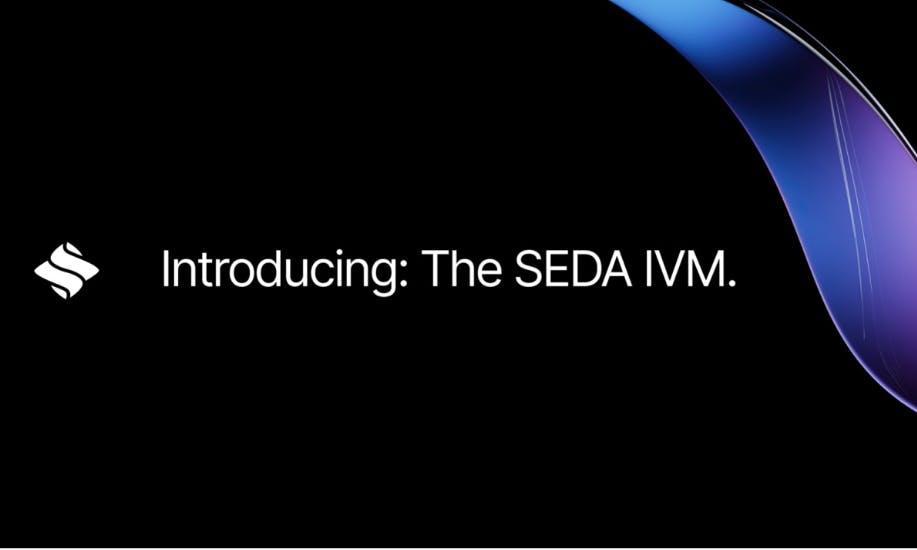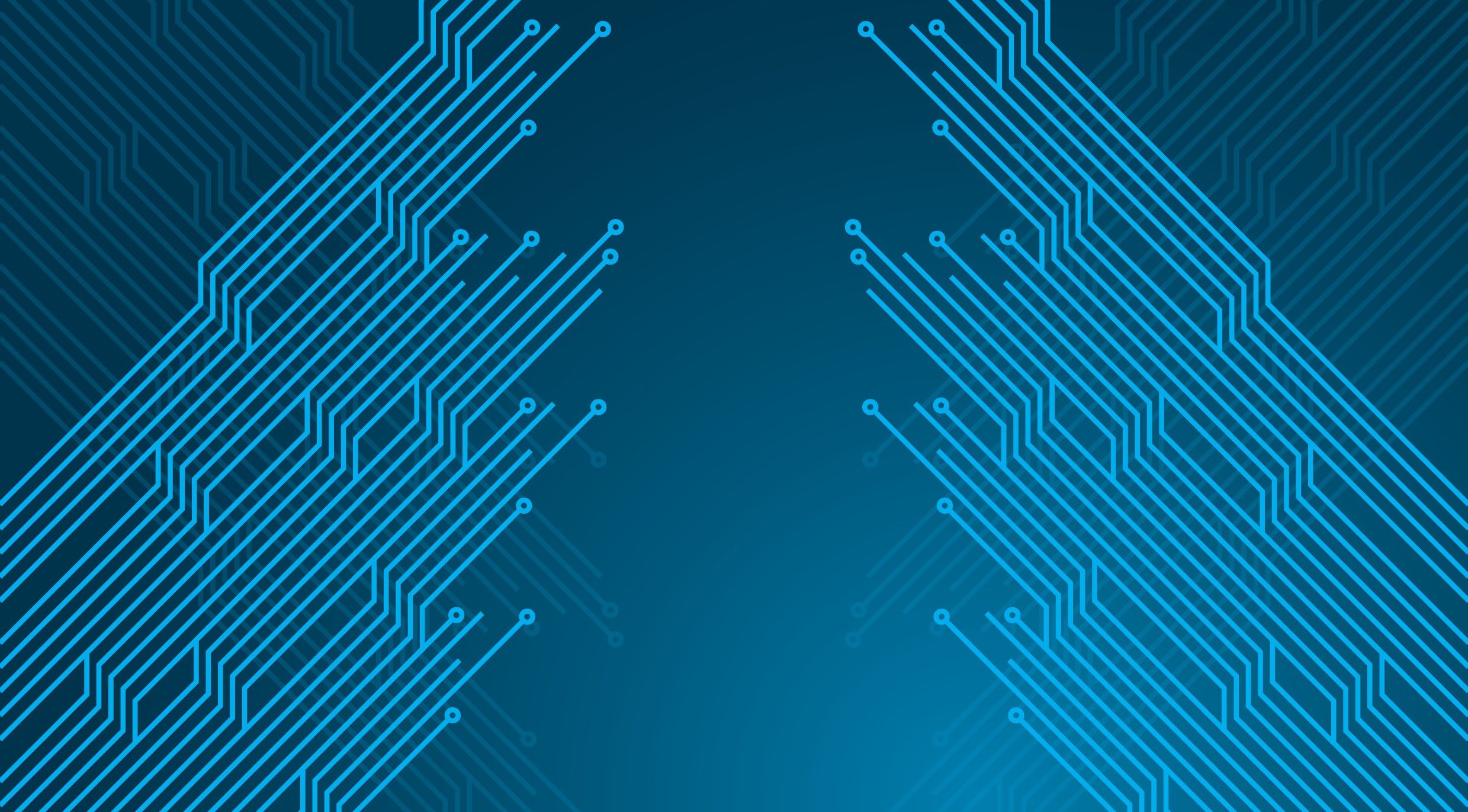NEW YORK, New York, February 11th, 2025/Chainwire/–SEDA has announced the Interoperability Verification Module (IVM) framework to set an industry standard for cross-chain verification for all routes, across any VM.
Today,
Interoperability providers integrating the SEDA IVM can access a hyper-specialized framework for independent, permissionless verification of any cross-chain transaction across all routes.
The SEDA IVM framework is built to serve the modularization of Interoperability architecture necessary to scale from the current landscape of
The
Built to offer a robust, scalable, and customizable module, the IVM provides independent decentralized verification for millions of transactions across thousands of networks.
Key features and benefits of the SEDA IVM include:
- Industry-wide data parity with a singular security zone.
- Built-in liveness guarantees.
- Programmable design to suit specific needs of bridge, solver, and abstraction layers.
- Permissionless access and deployments.
“The demand for robust interoperability infrastructure has surged as users and developers engage with hundreds of specialized networks,” said Peter Mitchell, CEO and Co-founder of SEDA.
“Over the last two years, the interoperability sector has expanded dramatically, achieving a transaction volume of over $123 billion in 2024. Projections indicate this sector could reach over $250 billion in 2025. Our IVMs represent a significant advancement for Interop 3.0, allowing any interoperability provider to customize parameters within the SEDA IVM framework, ensuring independent verification across all routes through a single deployment.”
Parallel to a message relayed between chains, the IVM automatically initiates a secure verification sequence, in which a dedicated secret committee of independent overlay nodes is formed to query RPC data on the source chain.
Results are returned via a commit-reveal scheme for data integrity and preventing manipulation, after which protocol-defined instructions filter and order results before being batched on SEDA’s main chain.
Data results are secured with tamper-proof cryptographic guarantees before being relayed by solvers to the destination chain.
The
By plugging into SEDA’s distributed verification architecture, interoperability providers inherit security and liveness guarantees associated with SEDA’s Network design, consisting of a performant layer one, a highly decentralized overlay network, and a censorship-resistant solver network.
This design mitigates collusion risk and downtime commonly associated with default multi-sig relay setups, which secure over
By decoupling verification, interoperability providers can focus on scaling services to thousands of new chains, allowing SEDA to provide specialized verification for all routes.
For more information about SEDA’s IVM framework and integration possibilities, users can visit
About SEDA
Contact
Head Of Marketing
Matthew Peters
SEDA
[email protected]
This story was distributed as a release by Chainwire under HackerNoon’s Business Blogging Program. Learn more about the program












